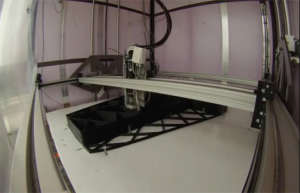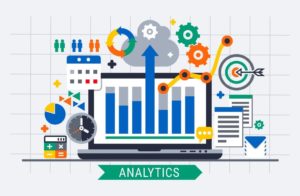The last wave of renewable-energy venture investing focused on hardware. Today’s investments are largely in digital technologies, the author writes.
In April, for the first time in the U.S., renewables generated more electricity than coal, according to the Energy Information Administration. Now that renewable technologies like wind and solar are largely commoditized, investors and utilities are looking for ways to improve their margins, and they’re turning to startups in artificial intelligence to do it.
There is a current wave of investment underway in digital technologies that are making renewables the cheaper, cleaner, safer energy option. Venture firms, incumbents and private equity have raised more than $3 billion in new renewable energy-focused funds over the last three years.
Wood Mackenzie’s latest Energy Transition Outlook predicts the world will add 3,000 gigawatts of wind and solar over the next two decades, far more than new gas-fired capacity. Bloomberg New Energy Finance forecasts that nearly half of the world’s electricity will come from renewable energy by 2050 as costs of wind, solar and battery storage continue to plummet.
And these shifts are expected to occur in tandem as demand for electricity is expected to increase globally more than 50 percent over the next three decades.
One of the key drivers of this wave of investment is the emergence of digital technologies like AI — technologies that can take advantage of a proliferation of data to provide predictive analytics and real-time insights into asset operations.
Within the last five years, we’ve witnessed these technologies emerge in large numbers and scale to create an all-new class of technology that is increasingly being deployed by utilities and energy companies. Increasing business pressures from climate change, static electricity demand, and distributed resources are forcing utility companies — traditionally slow to adopt new technologies — to innovate rapidly.
Core technologies like wind and solar are demonstrably effective and reliable. What’s pushing them into the money — attracting new investment and allowing them to surpass coal — is these new digital technologies that improve margins for investors and asset owners, making the core technologies both more effective and better-performing for the bottom line.
Years ago, when clean energy wasn’t cost-competitive, these technologies wouldn’t have been viable investments. Incremental improvements to efficiency, power or margins are irrelevant if the core technology is too far out of the money. Today, wind is the lowest-cost new resource to build on the grid, with solar not far behind and gas competing on similar margins.
Fifteen years ago, we would have seen stark contrasts in the margins and return on renewables compared to their oil and gas counterparts. Not anymore.













